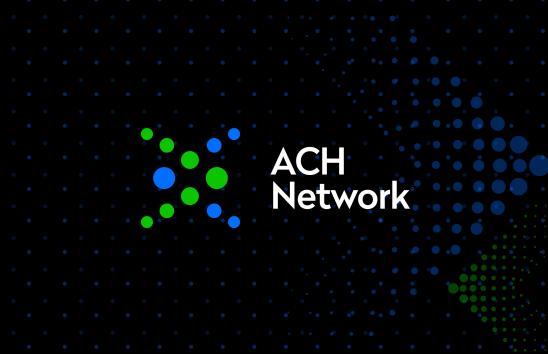RMAG Sound Business Practices for Risk & Exposure Management: Part 4
Part 4 of 4 (Part 1, Part 2, Part 3)
Earlier this year, the Nacha Risk Management Advisory Group (RMAG) met to expand a previous RMAG initiative on the topic of risk and exposure management. This is the fourth and final article in a series of articles in which RMAG provides sound business practices on a variety of risk management topics based on its experience and expertise.
The following are the recommended sound business practices for underwriting debit origination:
- Require credit underwriting for all debit origination clients: This should be a requirement for all ACH debit origination customers. Because of the time that it takes for some items to be returned, the Originating Depository Financial Institution has a risk if they allow the Originator to withdraw funds from the institution without taking into account the anticipated level of return items.
- Establish criteria based on your financial institution’s risk and credit policies: These are similar to those for credit origination client and include:
- Creditworthiness (as defined by your institution)
- New client vs. existing client
- Length of time as a client
- Recent change in the client’s financial condition
- Business segment of the client
- Establish criteria that your financial institution will monitor for debit origination clients: The criteria should be consistent with your internal policies, be easily obtainable from systemic reporting and be consistent with the Nacha Operating Rules. The following were the most frequently mentioned monitoring criteria among RMAG members:
- Return level (overall)
- Return rate (unauthorized)
- Return level (invalid)
- Over-limit suspends (number of times)
- Dormancy or inactive status
The monitoring of return rates and levels is a requirement under the Nacha Operating Rules to determine if your client is in violation of them. Monitoring of return rates and levels as part of creditworthiness is not required but is considered a sound business practice.
Higher than “normal” return rates are often seen by financial institutions and the Nacha Risk Management staff as leading indicators of other potential issues that may be happening within the client’s organization
- Determine if deferred settlement/debit hold is a risk mitigation technique that your financial institution could use to manage risk.
While this article concludes this series, please continue to follow Nacha Member NewsLink for additional articles from the Nacha RMAG on a range of risk management topics.
The member-only Risk Management Advisory Group (RMAG) works with industry stakeholders and key Nacha staff to continually assess risks faced by Network participants. The group makes recommendations to Nacha about risk education, tools and resources, risk mitigation policies and potential rule changes. Learn more.




